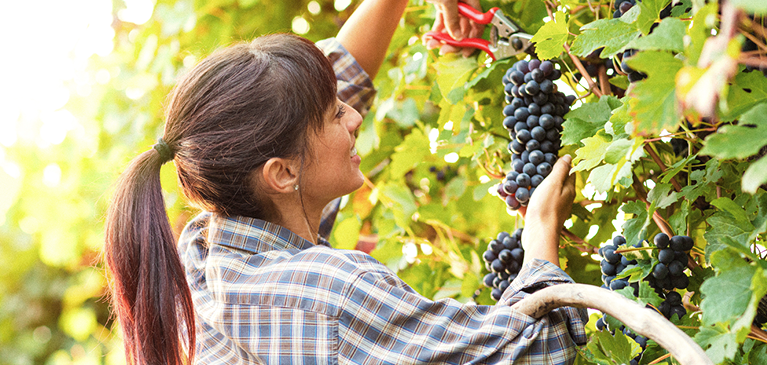
The scorching July temperatures have accelerated sugar development (brix) in Michigan and Wisconsin grape crops, setting the stage for quality harvests across both states. While quantity appears average, the season remains promising, according to Jeff Ginter, vice president of lending for GreenStone Farm Credit Services.
"We have grapes, and they're about average," says Ginter. "We could use a little more rain, but the crop is on track or slightly ahead because of the hot and humid weather."
Regional Production Patterns
Southwest Michigan dominates juice grape production with 7,425 acres dedicated to Niagara and Concord varieties, compared to just 1,175 acres of wine grapes. This concentration makes strategic sense with Welch's processing plant located in nearby Lawton. The region also boasts a substantial tourist-driven wine industry with popular wine trails attracting Chicago-area visitors.
Meanwhile, northern Michigan presents the opposite profile. The north and northwest regions feature 2,025 acres of wine grapes and merely 10 acres of juice grapes. The Traverse Wine Coast alone encompasses more than 2,000 acres across nearly 40 wineries, benefiting from Lake Michigan's moderating effect on growing conditions.
Mounting Economic Pressures
Juice grape growers face tightening economic conditions this season. "Welch's might be implementing reduced grower prices this year," Ginter notes. "This will require a sharper pencil because growers will still have the same expenses in growing that crop. Contracts are tightening."
To improve efficiency, the industry continues transitioning from traditional wooden 20-bushel boxes to stainless steel grape gondolas. These modern containers allow for quicker field-to-processing transfer, with various grants and programs helping offset purchasing costs.
Tourism Continues to Thrive
Michigan's wine industry continues its upward trajectory with 196 wineries and tasting rooms operating as of 2025. Tourism remains the lifeblood of these operations, though consumer behavior is evolving.
"Tourism isn't necessarily down, but it's becoming a more conscious decision," Ginter observes. "People are planning more and acting less spontaneously. They might still enjoy a weekend getaway experience but may hesitate to purchase a case of wine or other extras to take home."
The industry thrives from Memorial Day through Labor Day, with autumn business heavily dependent on weekend weather conditions.
Diverse Varietals Support Industry Growth
Michigan vintners cultivate more than 45 grape varieties, with Riesling and Chardonnay leading production. White wine grapes remain nearly twice as prevalent as red varieties. The state's wine production is holding strong with 1.9 million gallons bottled in 2024.
Wisconsin’s wine industry has seen steady growth, though it is smaller in scale than Michigan’s industry with approximately 100 wineries and 1,000 acres of wine grapes. Wisconsin’s industry relies on cold-hardy grape varieties like Marquette, Frontenac, and La Crescent, which contribute approximately $150-200 million annually to the state’s economy.
Both Michigan and Wisconsin have successfully adapted to cold-climate viticulture, developing specialized expertise for northern growing conditions.
"Growers remain optimistic," Ginter concludes. "So far, we've avoided damaging weather events this year, and that's always good news in this business."


